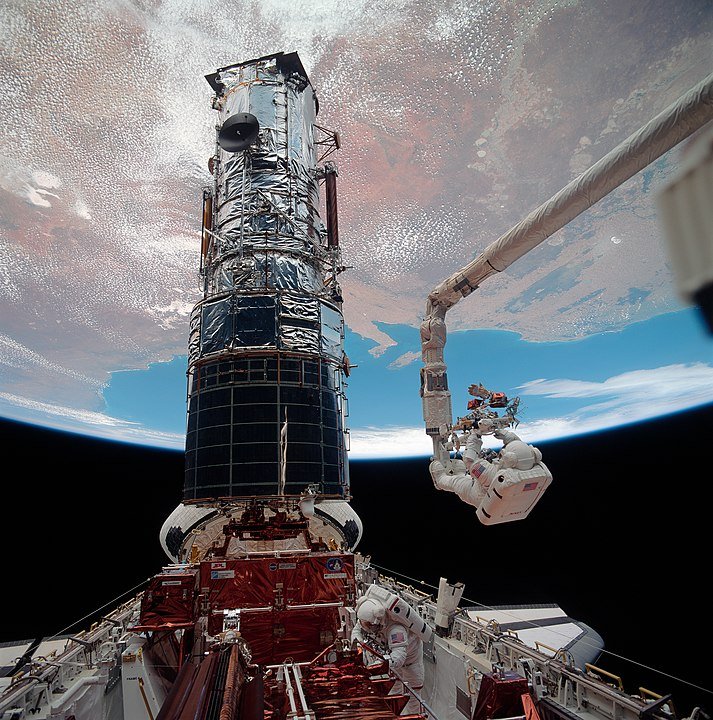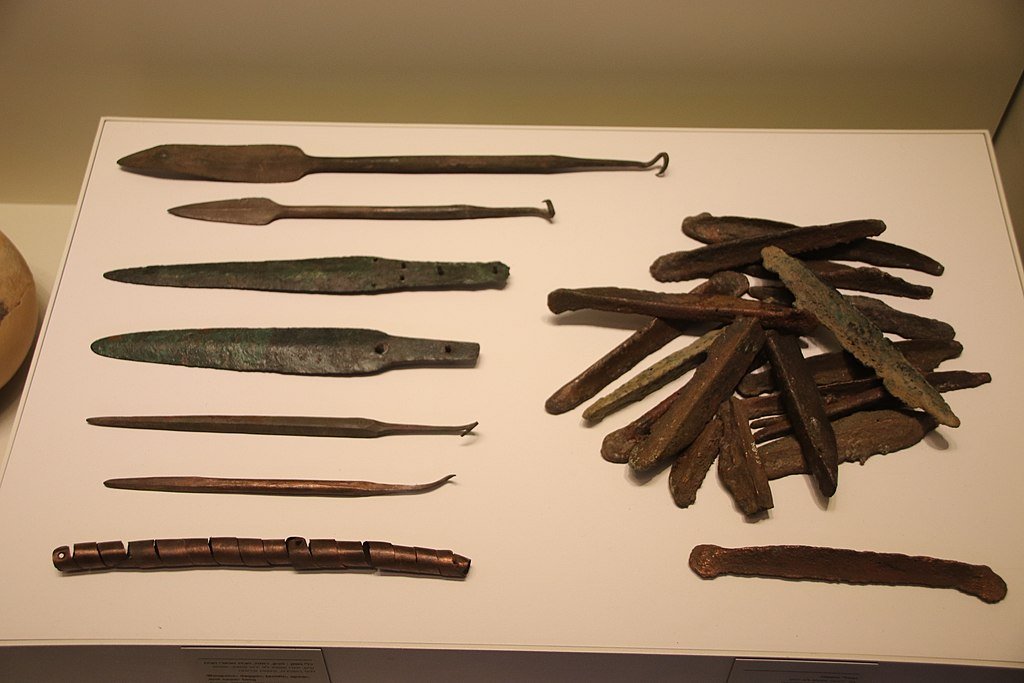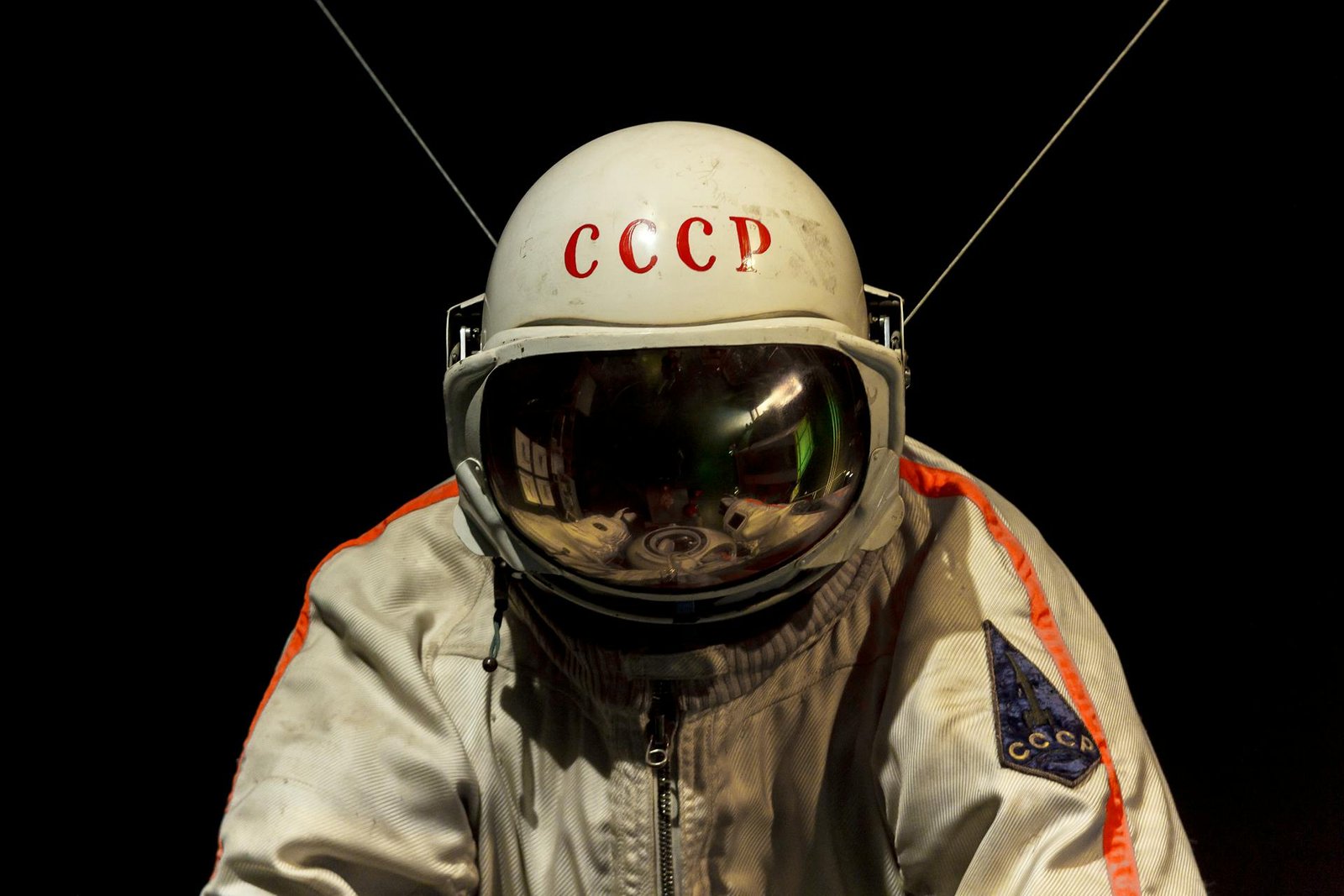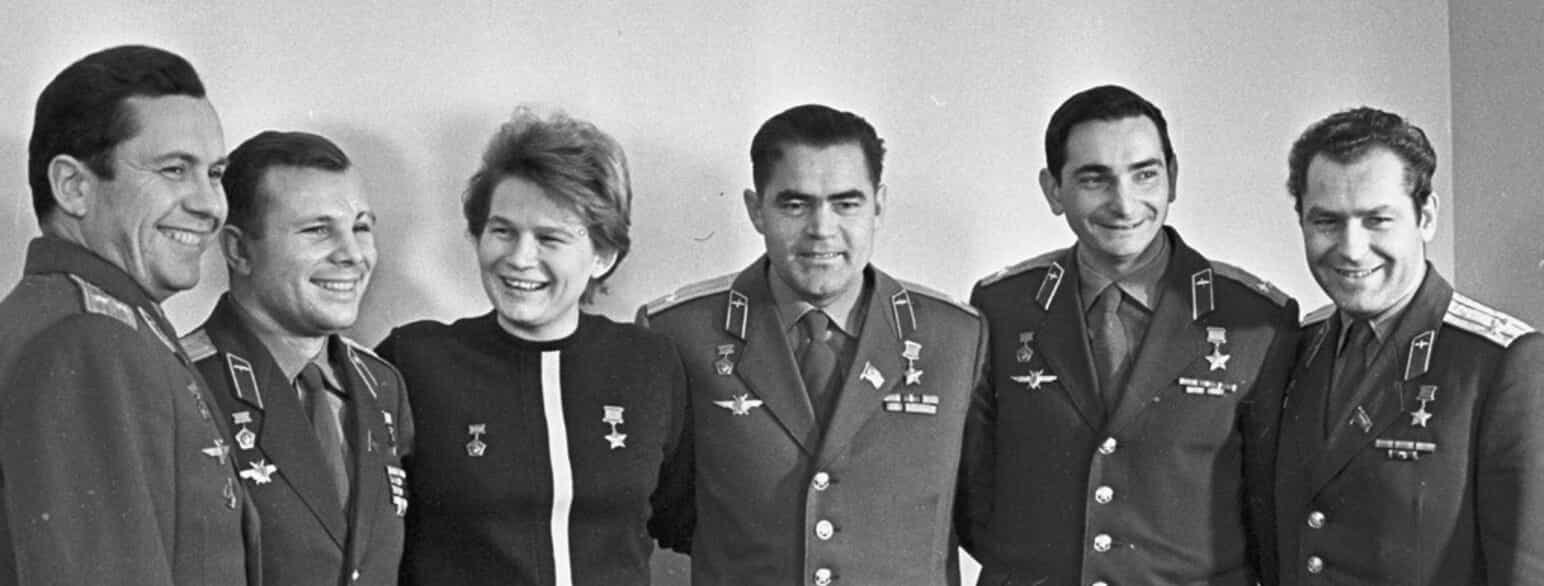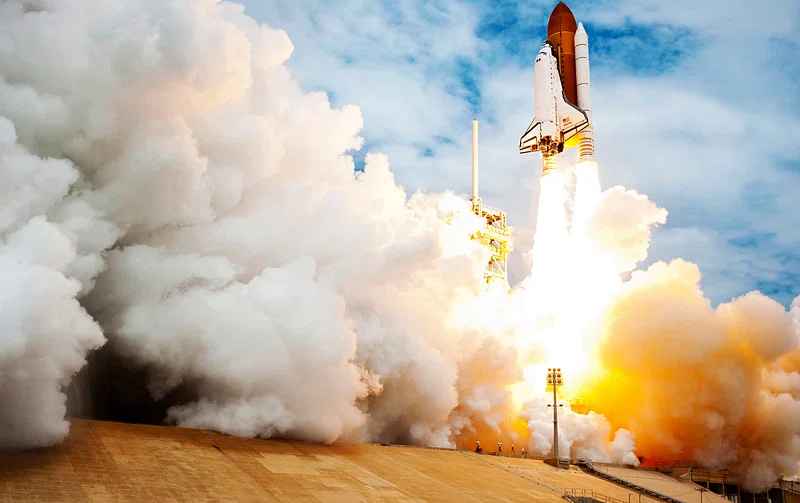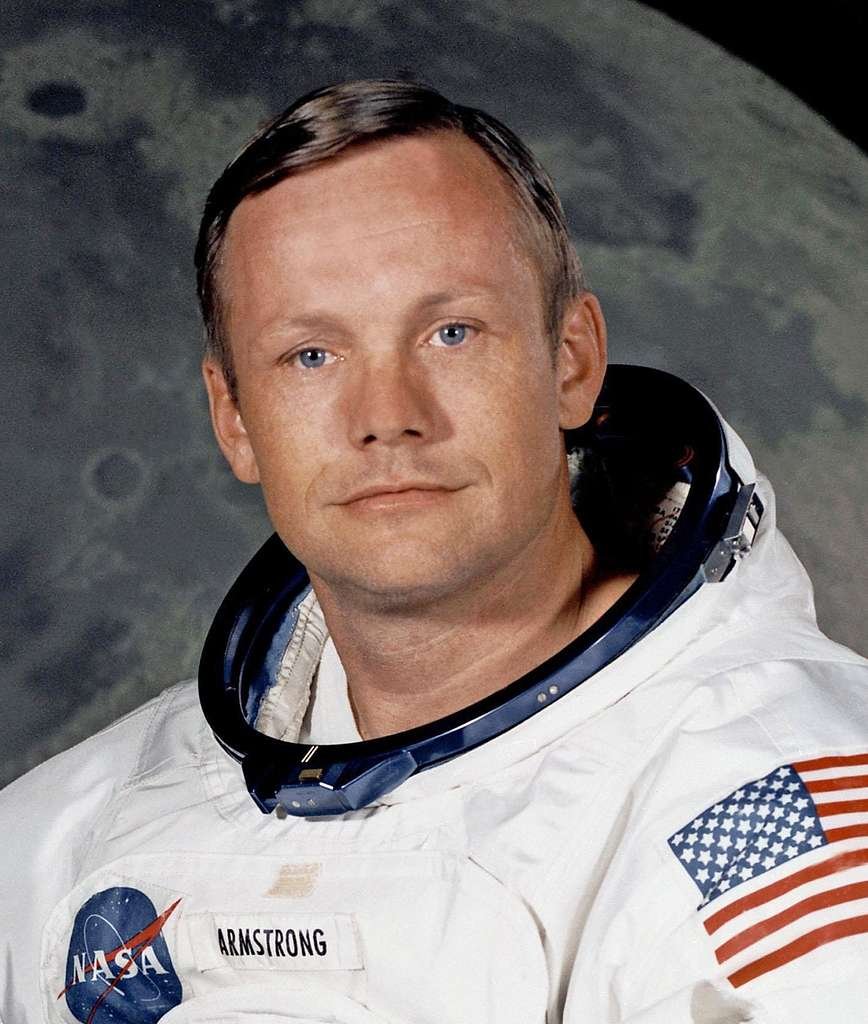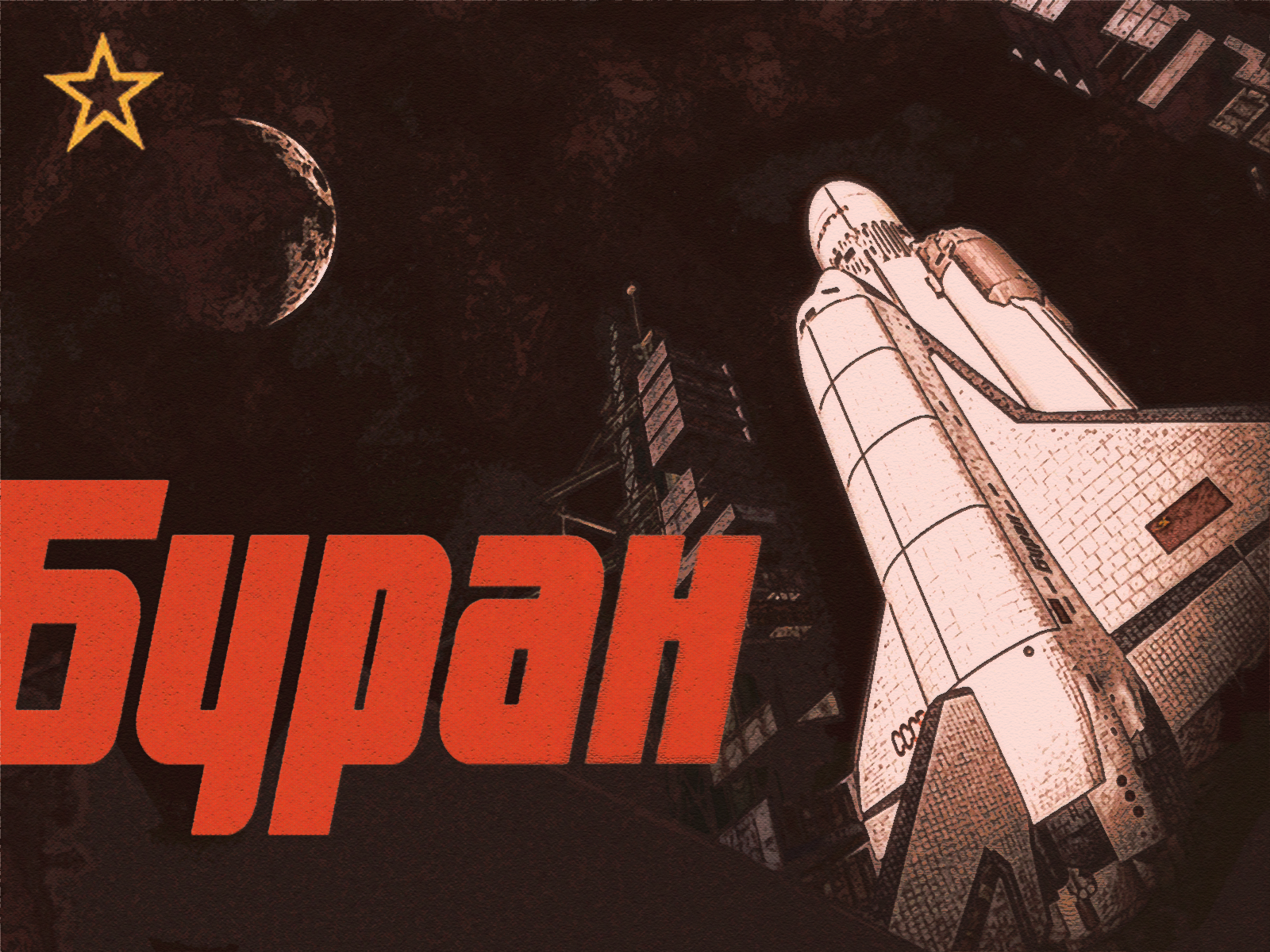The history of space exploration is a narrative deeply intertwined with the legacy of the Soviet Union, and it unfolds as a riveting chapter in the annals of human progress. At the heart of this narrative lies the Space Race, a defining epoch in the 20th century, where the United States and the USSR competed fiercely to conquer the cosmos. This historic rivalry between superpowers catalyzed a flurry of groundbreaking achievements that expanded our understanding of the universe and forever altered the course of technological advancement.
The Soviet Union, often called the USSR, emerged as a formidable force in the early days of the Space Race. The USSR launched the world’s first artificial satellite, Sputnik 1, in 1957, setting the stage for an era of unparalleled exploration. This singular act marked the commencement of a race that transcended national boundaries as humanity ventured beyond Earth’s confines.
In exploring Soviet space first, we delve into the remarkable milestones achieved by the USSR. From Yuri Gagarin’s historic journey as the first human in space to Valentina Tereshkova’s groundbreaking mission as the first woman in orbit, the USSR’s contributions to space exploration are nothing short of extraordinary. Alongside these iconic moments, we also uncover lesser-known triumphs, such as Alexei Leonov’s daring spacewalk, which expanded our grasp of the possibilities in the cosmos.
Table of Contents
Which country went to space first?
The Soviet Union, now known as Russia, was the first country to achieve human spaceflight. On April 12, 1961, Soviet cosmonaut Yuri Gagarin made history by becoming the first human to travel into space aboard the Vostok 1 spacecraft. Gagarin’s pioneering mission completed one orbit around the Earth, lasting approximately 108 minutes. This achievement marked a monumental milestone in the history of space exploration, demonstrating the USSR’s early dominance in the Space Race.
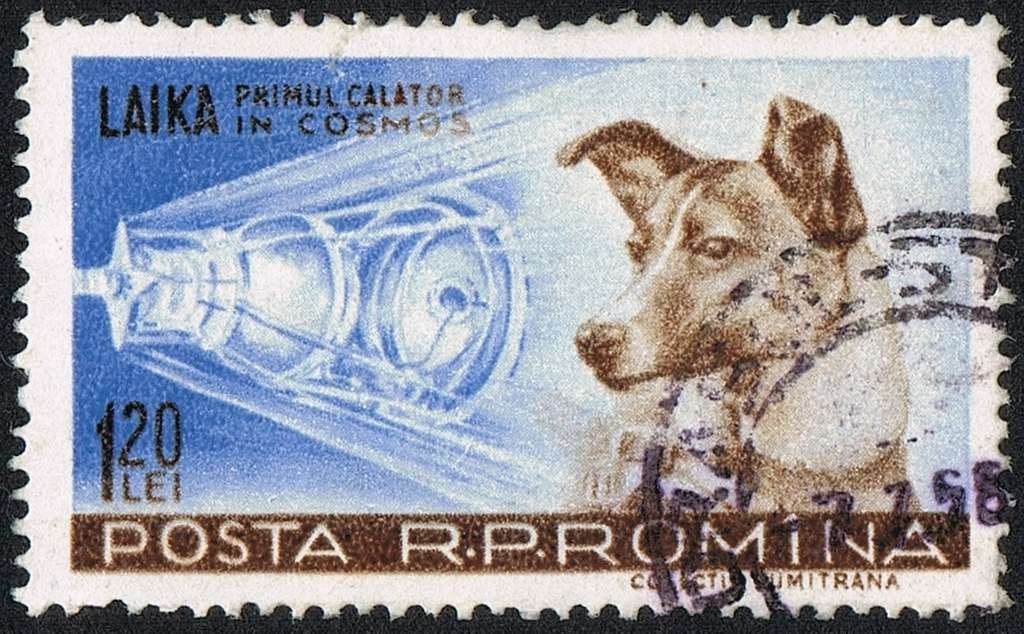
The successful launch of Yuri Gagarin into space not only solidified Soviet leadership in space exploration but also heralded a new era in human ambition and scientific achievement. Gagarin’s iconic journey made him an international hero and symbolized the Soviet Union’s prowess in space technology during the early years of the Space Age. This achievement laid the foundation for subsequent space endeavors and set the stage for the global exploration of the cosmos.
Who were the first 3 astronauts in space?
The first three astronauts in space were Yuri Gagarin, Alan Shepard, and Gus Grissom.
Yuri Gagarin
Yuri Gagarin, a Soviet cosmonaut, made history on April 12, 1961, by becoming the first human to travel into space. He piloted the Vostok 1 spacecraft, completing a single orbit around the Earth, and his mission lasted approximately 108 minutes. Gagarin’s successful journey established him as a global hero and symbol of Soviet space achievements during the Space Race.
Alan Shepard
Alan Shepard was the first American astronaut to venture into space. On May 5, 1961, he piloted the Freedom 7 spacecraft during the suborbital flight of the Mercury-Redstone 3 mission, known as MR-3. Shepard’s flight lasted only 15 minutes but was a significant step for the United States in the Space Race, just a few weeks after Gagarin’s historic mission.
Gus Grissom
Gus Grissom became the second American in space on July 21, 1961, during the Mercury-Redstone 4 mission, also known as MR-4 or Liberty Bell 7. Like Shepard’s flight, Grissom’s mission was suborbital, lasting about 15 minutes. These early American spaceflights paved the way for subsequent manned missions and the eventual lunar landings in the 1960s.
The Epic Saga of Soviet Space Firsts
The Soviet Union achieved numerous historic milestones in space exploration during the early years of the Space Age. Here are seven significant Soviet space firsts:
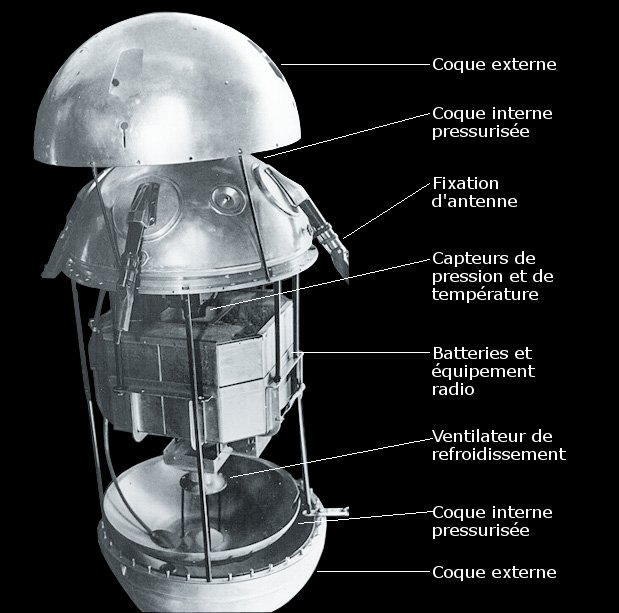
Sputnik 1 (1957)
On October 4, 1957, the Soviet Union’s launch of Sputnik 1 forever altered the course of human history. This basketball-sized, beeping satellite, orbiting the Earth every 96 minutes, was not merely a technological feat; it was a symbolic gauntlet thrown into the cosmos. The resounding “beep-beep” of Sputnik’s radio signals echoed globally, signifying the dawn of the Space Age and sparking the Space Race between superpowers. This intense Cold War competition for space supremacy led to rapid advancements in science and technology, culminating in monumental achievements like manned spaceflight and lunar landings. Sputnik 1’s legacy is a testament to human curiosity, determination, and the quest to explore the final frontier.
Laika (1957)
On November 3, 1957, the Soviet Union made a groundbreaking leap in space exploration by launching Sputnik 2, a spacecraft carrying the first living creature into the cosmos—a brave dog named Laika. Laika’s journey was a monumental moment in the history of space exploration, marking the first time a living being ventured into the harsh vacuum of space. While her mission was pioneering, it was also tragic, as the technology of the time did not provide a means for her safe return to Earth, and she perished during the mission. Nevertheless, Laika’s sacrifice was not in vain, as it paved the way for the subsequent achievements in human spaceflight, highlighting the challenges and risks that needed to be overcome for the future of space exploration. Her courage and sacrifice continue to be remembered as a testament to the early pioneers of space exploration.
Yuri Gagarin (1961)
On that momentous day, April 12, 1961, Yuri Gagarin etched his name into the annals of human history as the first person to journey into the cosmos. Aboard the Vostok 1 spacecraft, he embarked on a mesmerizing orbit around the Earth, an odyssey that spanned approximately 108 minutes but carried the weight of centuries of human curiosity and ambition. Gagarin’s fearless venture not only demonstrated the Soviet Union’s pioneering spirit in space exploration but also transformed him into an instant international hero and a symbol of the USSR’s technological prowess during the intense Space Race of the Cold War era. His voyage remains an enduring testament to the indomitable human spirit and our unquenchable thirst for the unknown.
Valentina Tereshkova (1963)
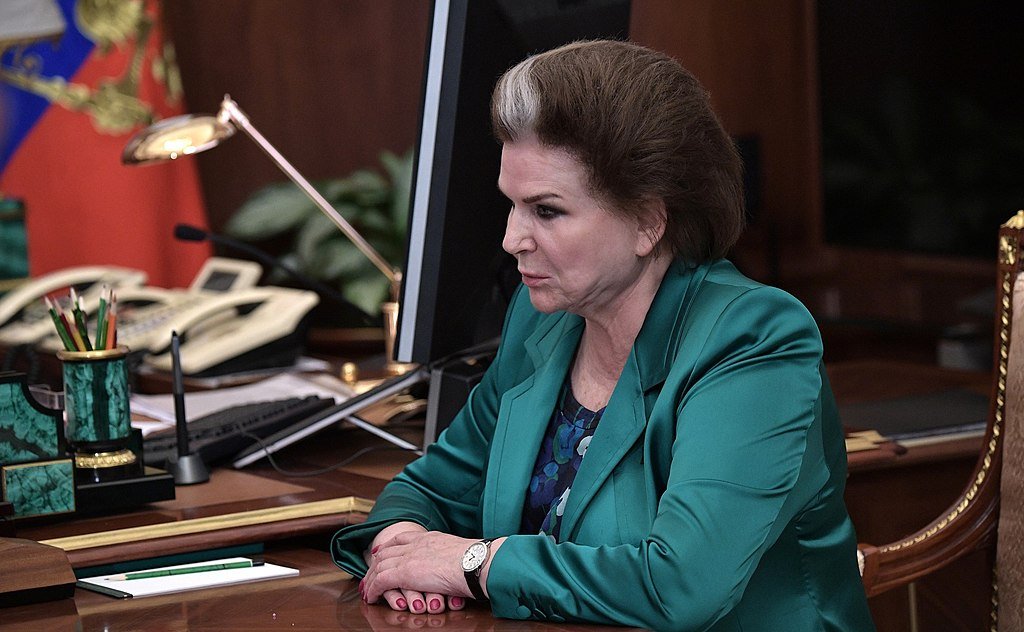
On June 16, 1963, Valentina Tereshkova etched her name in the annals of space history as the first woman to venture into the cosmos. Piloting the Vostok 6 spacecraft, her mission spanned almost three days, making her journey a remarkable achievement in space exploration. Tereshkova’s pioneering flight not only shattered gender barriers but also highlighted the Soviet Union’s commitment to pushing the boundaries of human spaceflight. Her courage, skill, and dedication inspired countless individuals and future generations of women to pursue careers in space science and exploration, leaving an enduring legacy that continues to inspire and empower women in STEM fields worldwide.
Alexei Leonov’s Spacewalk (1965)
On March 18, 1965, Alexei Leonov etched his name in history as he embarked on the world’s first spacewalk during the Voskhod 2 mission. Strapped into a specialized spacesuit, Leonov ventured outside the safety of the spacecraft, effectively stepping into the void of space. The daring spacewalk lasted approximately 12 minutes, a period fraught with both exhilaration and peril. While attached to the spacecraft by a tether, Leonov’s journey provided crucial insights into the challenges and complexities of extravehicular activities in the vacuum of space. His bravery and pioneering spirit laid the groundwork for future spacewalks, enabling astronauts to conduct critical tasks beyond the confines of their spacecraft.
Lunar Impact (1959) and Soft Landing (1966)
Indeed, the Soviet Union spearheaded several pioneering lunar missions during the early days of space exploration. In 1959, Luna 1, also known as “Mechta” or “Lunik 1,” became the first human-made object to reach the Moon, marking a historic achievement in lunar exploration. Luna 1’s primary objective was to impact the Moon, but it missed its target, becoming the first spacecraft to enter heliocentric orbit.
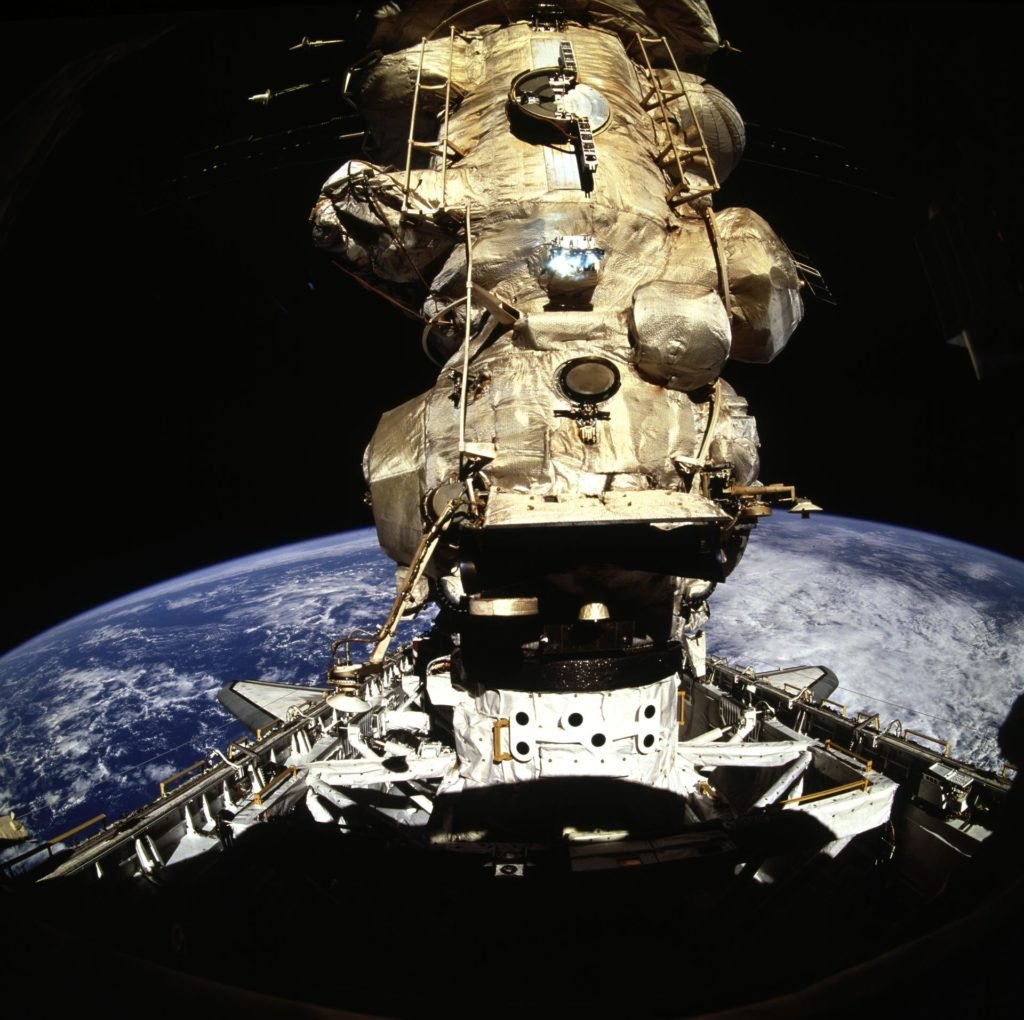
Seven years later, in 1966, Luna 9 achieved another remarkable feat by executing the first successful soft landing on the lunar surface. This automated spacecraft deployed a camera system that captured and transmitted photographs of the Moon’s terrain back to Earth, providing invaluable insights and paving the way for future lunar exploration efforts. These milestones solidified the USSR’s prominence in lunar exploration during the Space Race era.
Space Station Salyut 1 (1971)
In 1971, the Soviet Union made a historic stride in space exploration with the launch of Salyut 1, the world’s maiden space station. Orbiting the Earth for an impressive 175 days, Salyut 1 achieved a series of milestones, hosting two separate crews of cosmonauts conducting groundbreaking microgravity experiments.
Regrettably, the mission concluded somberly as a technical malfunction thwarted its long-term success. Salyut 1 met an untimely demise when an uncontrolled reentry led it to burn up upon reentering Earth’s atmosphere. Despite its premature end, Salyut 1’s pioneering spirit laid the foundation for future space station missions, contributing invaluable knowledge and experience to the evolution of human presence in outer space.
These Soviet space firsts serve as a testament to the nation’s unwavering commitment to pushing the boundaries of human exploration during the formative years of space exploration. In an era characterized by intense geopolitical competition, the USSR’s pioneering spirit drove remarkable achievements that significantly influenced the trajectory of human spaceflight history.
These historic milestones not only showcased the Soviet Union’s technical prowess but also exemplified their dedication to advancing our understanding of the cosmos. The launch of Sputnik 1 in 1957 signaled the dawn of the Space Age and thrust the USSR into the forefront of space exploration. This catalyzed the Space Race, a period of unprecedented innovation and scientific discovery as the superpowers vied for supremacy beyond Earth’s atmosphere.
From Yuri Gagarin’s groundbreaking voyage as the first human in space to Valentina Tereshkova’s historic mission as the first woman to venture beyond our planet, the Soviet Union’s contributions expanded the realm of possibilities for humanity. Alexei Leonov’s audacious spacewalk further underscored the Soviet commitment to pushing the boundaries of human capability.
These achievements remain indelibly etched in the annals of space history, serving as a lasting testament to the USSR’s pioneering spirit and its role in shaping the course of human spaceflight. They continue to inspire future generations to reach for the stars and push the frontiers of space exploration even further.

